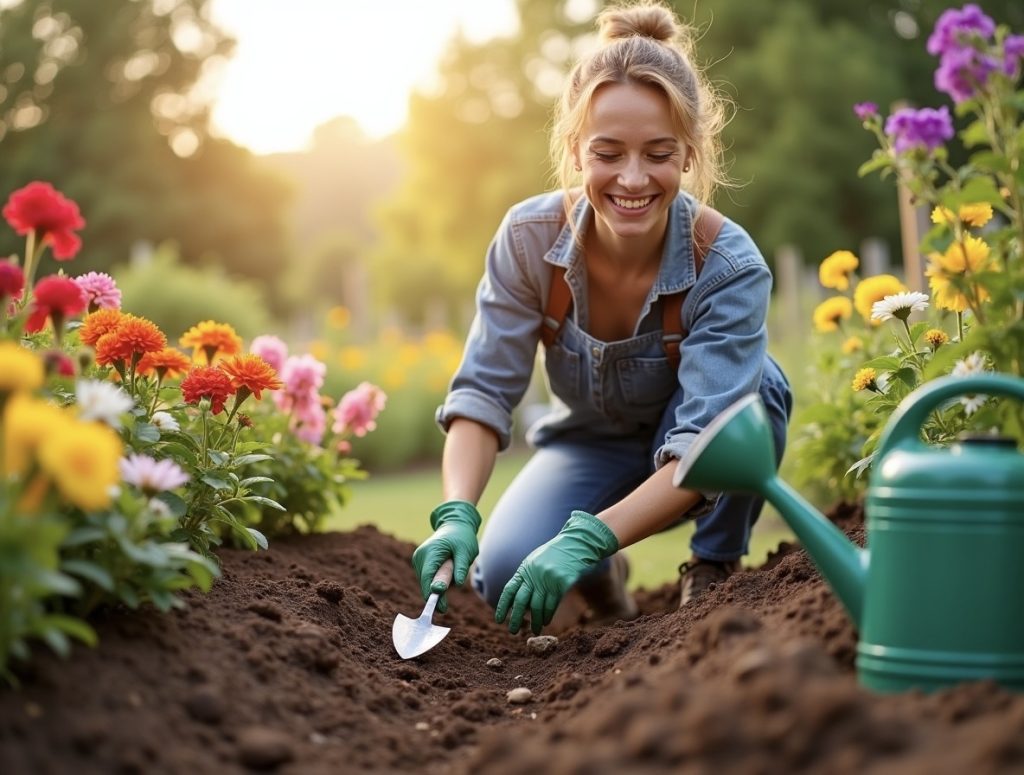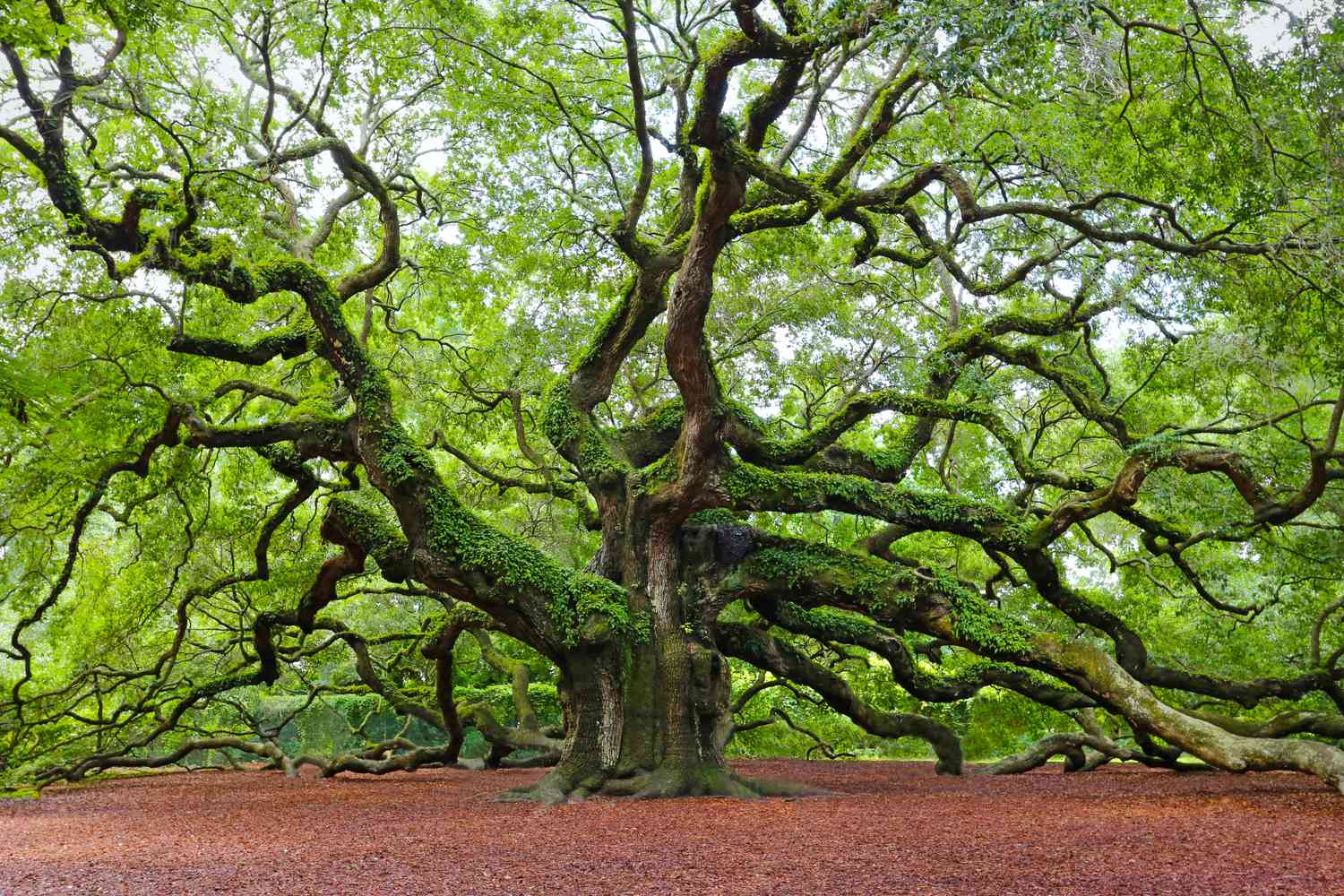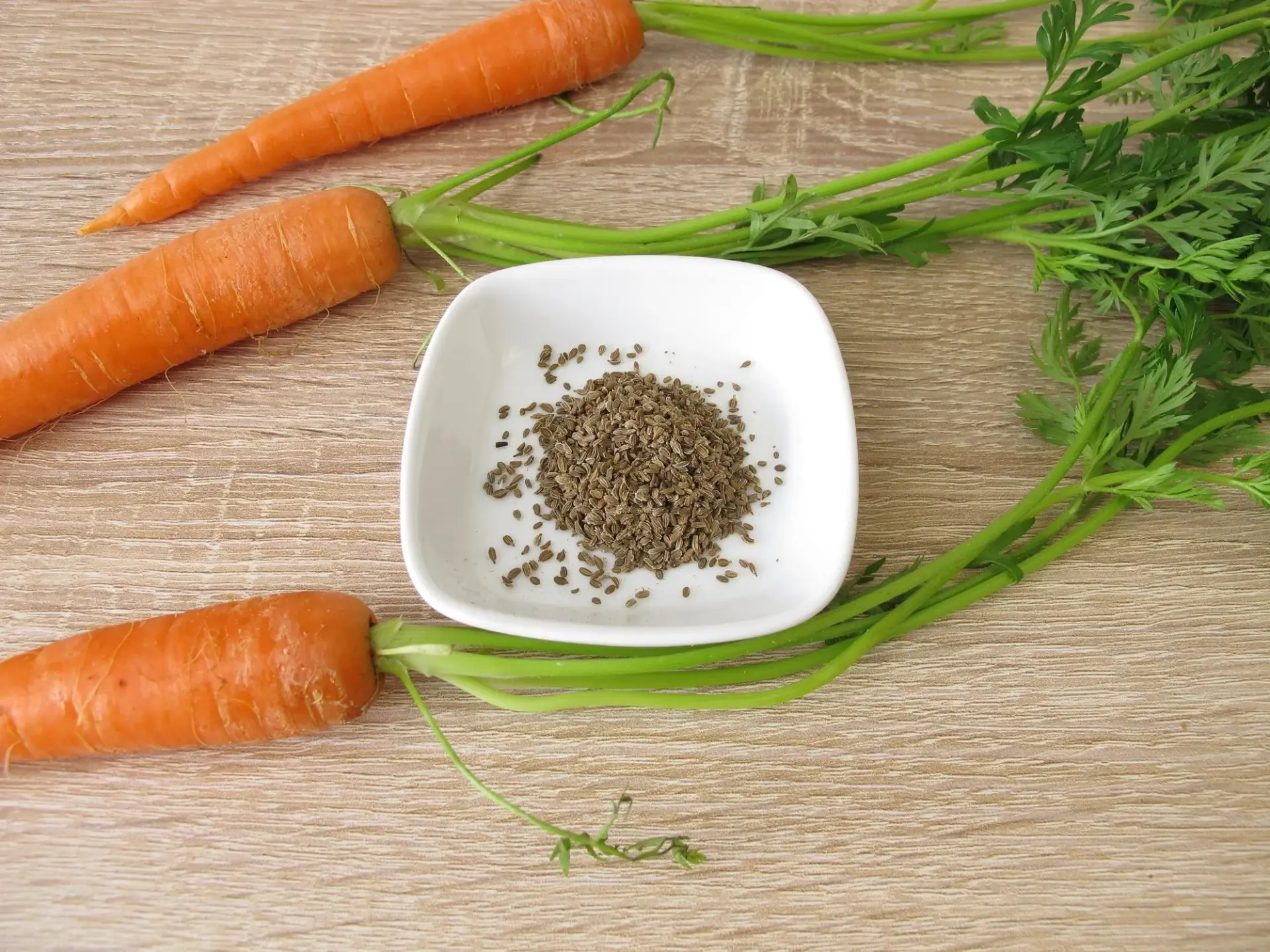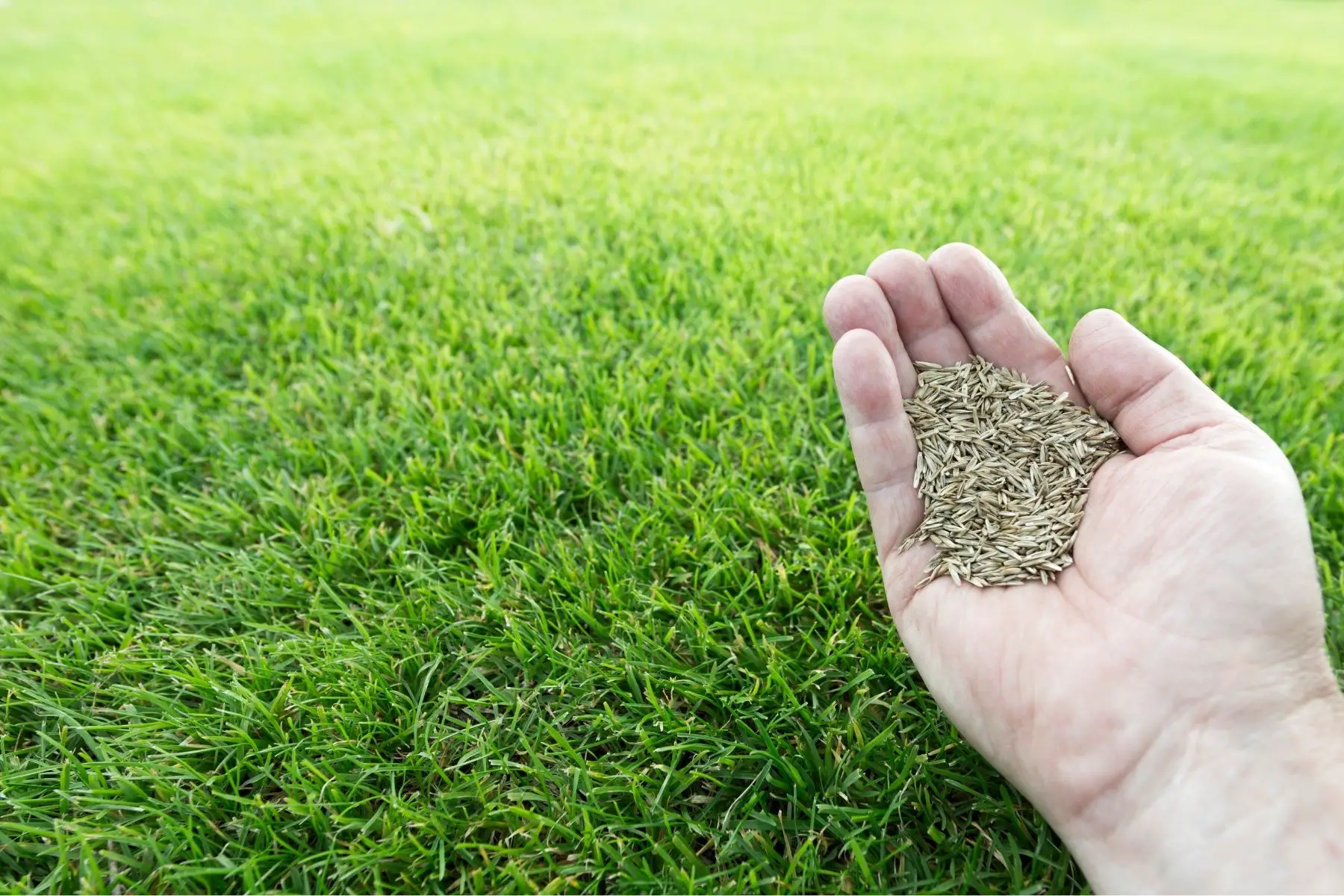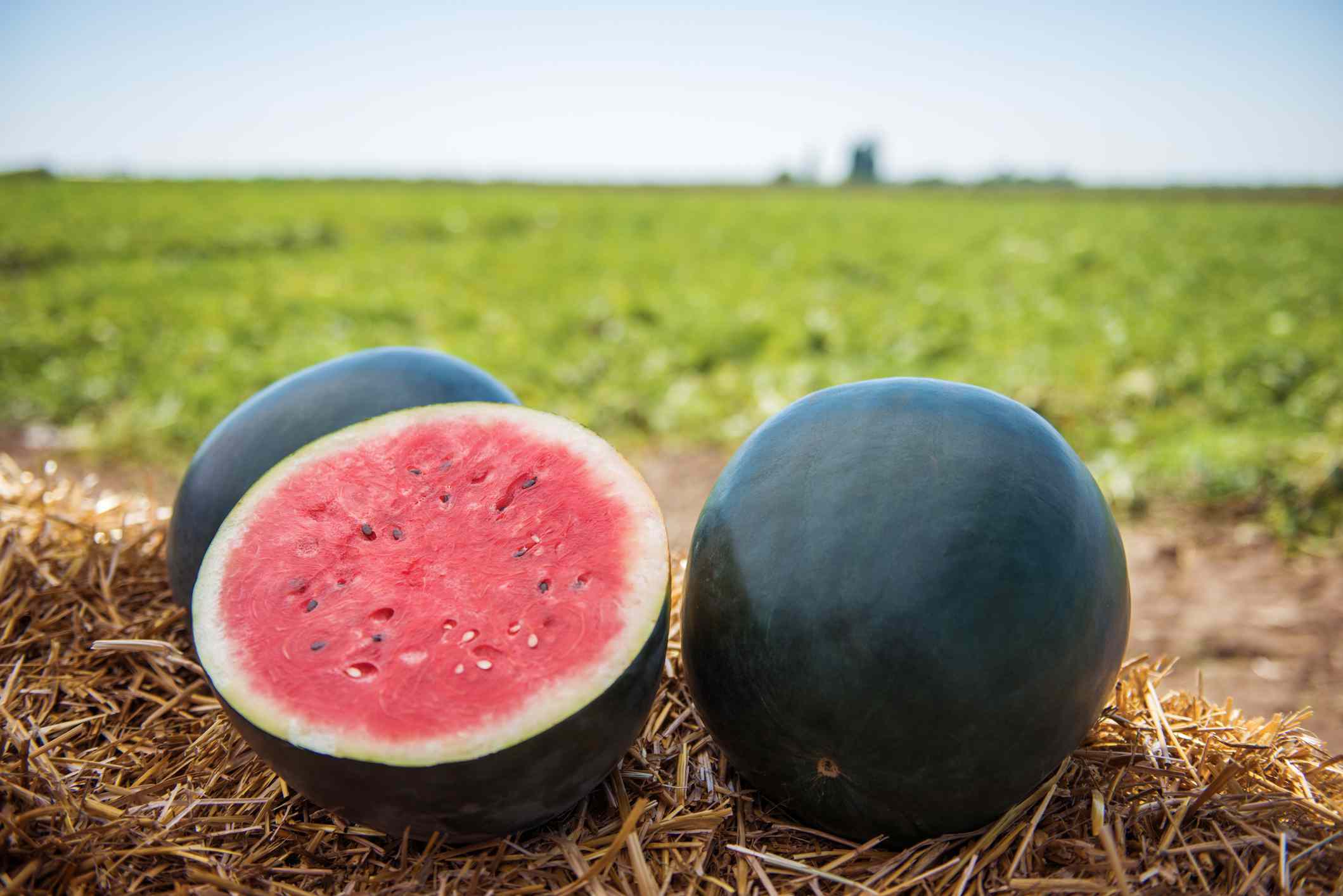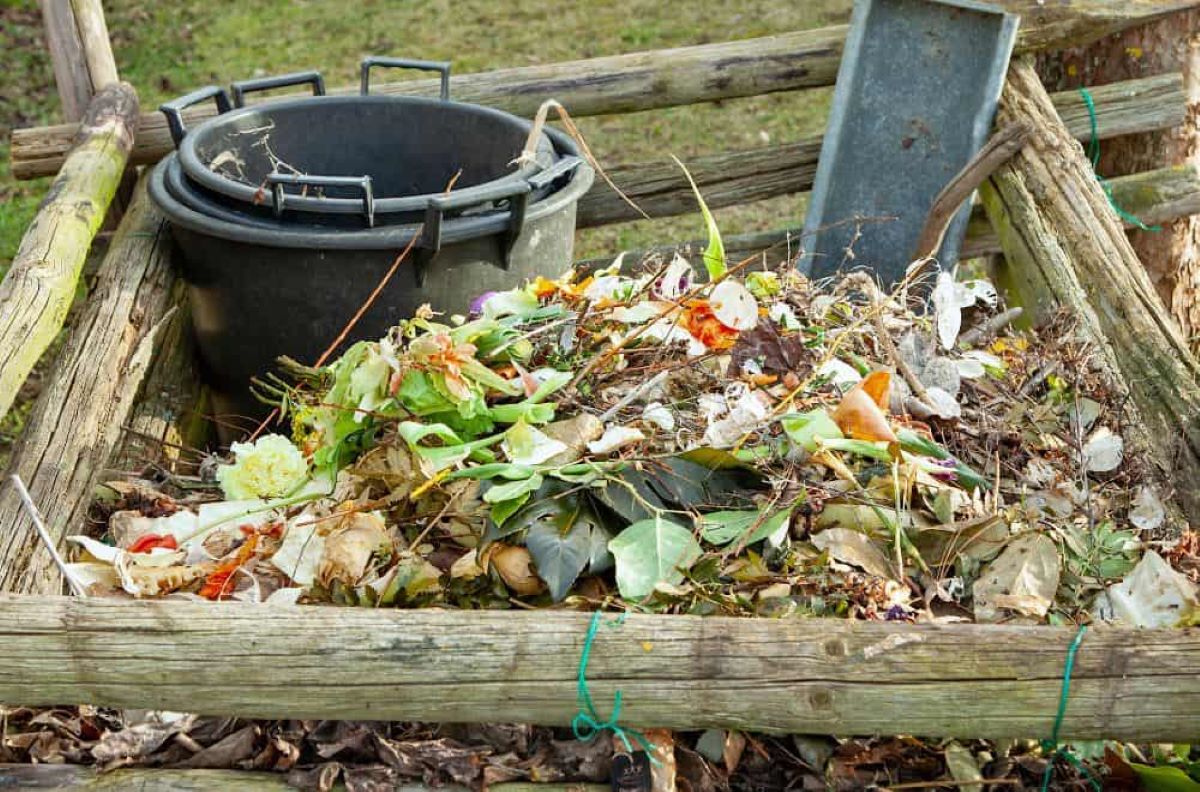Home>Types of Gardening>Edible Gardening>How Long Does It Take For Wildflower Seeds To Grow


Edible Gardening
How Long Does It Take For Wildflower Seeds To Grow
Modified: January 22, 2024
Discover the timeline of edible gardening with wildflower seeds. Find out how long it takes for them to grow and harvest your own nutritious plants.
(Many of the links in this article redirect to a specific reviewed product. Your purchase of these products through affiliate links helps to generate commission for Chicagolandgardening.com, at no extra cost. Learn more)
Table of Contents
Introduction
Wildflowers are a delightful addition to any garden, adding bursts of vibrant colors and attracting pollinators. If you’re eager to cultivate a flourishing wildflower garden, one of the first questions that may come to mind is: “How long does it take for wildflower seeds to grow?” While the germination time for wildflower seeds can vary depending on multiple factors, taking the time to understand these factors and create the ideal growing conditions will greatly increase your chances of success.
Germinating wildflower seeds can be an exciting and rewarding experience. However, it’s important to know that unlike many other garden plants, wildflowers have a unique germination process and timeframe. Patience is key, as germination time can range anywhere from a few weeks to a few months.
Understanding the factors that influence germination time is crucial. Various aspects come into play, including seed type, environmental conditions, and even the natural dormancy of certain seeds. By paying attention to these factors and taking the necessary steps to create optimal growing conditions, you can improve the chances of a successful and timely germination process.
In this article, we will explore the factors that affect germination time, provide insights into how long it typically takes for common wildflower seeds to grow, and offer tips for creating the ideal growing conditions to maximize germination success rates.
Factors Affecting the Germination Time
Several factors influence the germination time of wildflower seeds. Understanding these factors will help you better plan and manage your gardening efforts:
- Seed Type: Different wildflower species have different germination requirements. Some seeds germinate quickly, while others may have a longer dormancy period and require specific conditions to break dormancy and start growing. It’s important to familiarize yourself with the specific germination requirements of the wildflower seeds you are planting.
- Environmental Conditions: Environmental factors such as temperature, moisture, and light play a crucial role in germination. Each wildflower species has its preferred temperature range for germination. Some seeds require exposure to light, while others need darkness to germinate. It’s important to research and provide the optimal conditions for your specific seeds.
- Seed Dormancy: Some wildflower seeds have natural dormancy mechanisms that prevent them from germinating immediately. This dormancy can be caused by hard seed coats, which require physical scarification or breaking, or chemical inhibitors that need to be leached out. Understanding the specific dormancy requirements of your seeds will help you overcome any obstacles and ensure successful germination.
- Soil Quality: The quality and fertility of your soil will also impact germination time. A well-drained soil with good organic matter content is ideal for most wildflower seeds. Make sure to properly prepare your soil before planting and provide the nutrients necessary for seed germination and subsequent growth.
- Competition: The presence of weeds and other plant species in the area can compete with and hinder the germination and growth of your wildflower seeds. Clearing the area of competing plants and establishing a weed-free environment will give your wildflower seeds the best chance to thrive.
By taking these factors into consideration, you can better understand and manage the germination time of your wildflower seeds. Implementing appropriate strategies will help ensure successful germination and lead to a beautiful and flourishing wildflower garden.
Germination Time for Common Wildflower Seeds
The germination time for wildflower seeds can vary depending on the specific species. While there is no one-size-fits-all answer, it is helpful to have a general idea of the germination time for commonly planted wildflower seeds. Here is an overview of the germination time for some popular wildflower seeds:
- California Poppy (Eschscholzia californica): California Poppies typically take 10 to 20 days to germinate. These vibrant orange flowers are a favorite in many gardens.
- Cosmos (Cosmos bipinnatus): Cosmos seeds usually germinate within 7 to 21 days. They produce stunning flowers in various colors, including pink, white, and purple.
- Black-Eyed Susan (Rudbeckia hirta): Black-Eyed Susan seeds have a germination time of around 7 to 14 days. These charming yellow flowers with dark centers are a popular choice for wildflower gardens.
- Lanceleaf Coreopsis (Coreopsis lanceolata): Lanceleaf Coreopsis seeds typically germinate within 7 to 21 days. These bright yellow flowers add a cheerful touch to any garden.
- Purple Coneflower (Echinacea purpurea): Purple Coneflower seeds have a germination time of approximately 10 to 20 days. Known for their purple petals and prominent cones, they are a favorite among pollinators.
It’s important to remember that these are general guidelines, and individual results may vary depending on the specific conditions provided. Some wildflower seeds may germinate quicker, while others may take longer. Patience is key, and consistent monitoring and care will ensure the best outcomes.
Keep in mind that germination time is just the beginning of the wildflower growth process. After germination, it may take several more weeks or even months for plants to reach maturity and start blooming. Understanding the full life cycle of the wildflower species you are growing will help you manage expectations and plan accordingly.
Next, we will discuss steps you can take to create ideal growing conditions and optimize the germination success rate for your wildflower seeds.
Creating the Ideal Growing Conditions
To maximize the germination success rate of your wildflower seeds, creating the ideal growing conditions is crucial. Here are some steps you can take to provide the best environment for your seeds to thrive:
- Prepare the soil: Start by preparing the soil before planting. Remove any weeds or grass and loosen the top layer of soil. Add organic matter, such as compost, to improve soil fertility and drainage.
- Understand seed depth: Different wildflower seeds have different requirements for seed depth. Some seeds need to be planted close to the surface, while others require deeper planting. Read the seed packets or do some research to determine the optimal planting depth for your specific seeds.
- Provide adequate moisture: Moisture is essential for seed germination. Ensure that the soil remains consistently moist but not waterlogged. Water the soil gently whenever it starts to dry out to provide the optimal conditions for germination.
- Control temperature: Most wildflower seeds germinate best within a specific temperature range. Research the preferred germination temperatures for your seeds and provide the appropriate conditions. Using a heated germination mat or starting seeds indoors can help maintain optimal temperatures.
- Consider scarification or stratification: Some wildflower seeds have hard outer coats that inhibit germination. Scarification, which involves gently scraping or nicking the seed coat, can help break dormancy. Stratification, where seeds are subjected to cold temperatures, can also aid in breaking dormancy for certain species.
- Protect from pests and wildlife: Take measures to protect your germinating seeds from pests and wildlife that may be attracted to them. Use netting, fencing, or other deterrents to keep away animals that could dig up or eat the seeds.
By following these steps, you can create the optimal growing conditions for your wildflower seeds. Remember to monitor the soil moisture, temperature, and overall health of the seeds regularly. With a little patience and care, you will soon see the sprouting of beautiful wildflower seedlings.
Tips for Successful Germination
Germinating wildflower seeds can be a rewarding but sometimes challenging process. To increase your chances of successful germination, consider the following tips:
- Choose high-quality seeds: Start with fresh and high-quality wildflower seeds. Purchasing seeds from reputable sources ensures that you have the best chance of successful germination.
- Read seed packets or do research: Take the time to read the instructions on the seed packets or do research on the specific germination requirements of the wildflower species you are planting. Understanding their unique needs will help you provide the appropriate care.
- Time your planting: Plant wildflower seeds at the right time. Some seeds prefer cool weather and are best sown in spring or fall, while others thrive during the warmer months. Consider the recommended planting times for each species.
- Keep the soil consistently moist: Maintaining consistent moisture is essential for seed germination. Water the soil gently whenever it starts to dry out, ensuring that it remains moist but not waterlogged.
- Label your planting areas: If you are planting different wildflower species in the same area, label each planting area to avoid confusion. This will enable you to monitor and care for each species according to its specific needs.
- Thin out seedlings: Once the seedlings have emerged, thin them out if they are too close together. This allows the remaining seedlings to have enough space, nutrients, and light to grow and thrive.
- Provide adequate sunlight: Most wildflowers require ample sunlight for healthy growth. Ensure that your planting area receives sufficient sunlight for the species you are growing. If planting in shade, choose shade-tolerant wildflower varieties.
- Apply a light mulch: After planting the seeds, apply a light layer of mulch to help retain moisture and protect the seeds from extreme temperatures. Avoid using heavy mulch as it may hinder seed germination.
- Be patient and observe: Remember that germination can take time, and different wildflower species have varying germination periods. Be patient and observe the progress of your seeds. Celebrate the small victories as your seeds sprout and grow.
By following these tips, you’ll increase the likelihood of successful wildflower seed germination. Remember that each species may have specific requirements, so adapt your approach accordingly. Embrace the learning experience and enjoy watching your wildflower garden come to life.
Monitoring and Caring for Seedlings
Once your wildflower seeds have successfully germinated and sprouted into seedlings, it’s essential to continue monitoring and providing proper care to ensure their healthy growth and development. Here are some important tips for monitoring and caring for your wildflower seedlings:
- Water regularly: Continue to water your seedlings regularly, ensuring that the soil remains moist but not waterlogged. Adjust the watering frequency based on the specific water needs of each wildflower species.
- Protect from extreme weather conditions: Shield your seedlings from extreme weather conditions such as strong winds, frost, or excessive heat. Use protective covers or move them to a more sheltered area when necessary.
- Weed the area: Regularly remove any weeds that may compete with the seedlings for nutrients, water, and sunlight. Be careful not to disturb the delicate root systems of the wildflower seedlings while weeding.
- Apply organic fertilizer: Depending on the nutrient requirements of your wildflower species, consider applying organic fertilizer to promote healthy growth. Use a balanced fertilizer according to the instructions and avoid over-fertilizing, as it can cause damage to the plants.
- Monitor for pests and diseases: Keep a close eye on your seedlings for any signs of pests or diseases. Inspect the leaves, stems, and flowers regularly and take appropriate action if any issues arise. Use organic pest control methods whenever possible.
- Thin out overcrowded seedlings: If the seedlings are too close together, thin them out to provide sufficient space for each plant to grow. This allows for better air circulation and reduces the risk of diseases spreading among the crowded plants.
- Support taller plants: Some wildflower species may grow tall and benefit from support. Use stakes or trellises to provide support for these plants, preventing them from bending or breaking under their own weight.
- Observe and learn: Take the time to observe your wildflower seedlings as they grow. Learn about their growth patterns, leaf shapes, and flowering habits. This knowledge will deepen your understanding and appreciation of these beautiful plants.
As your wildflower seedlings continue to flourish, it’s important to provide ongoing care and attention. By monitoring their progress, maintaining a suitable environment, and addressing any issues promptly, you’ll nurture healthy and vibrant wildflower plants that will reward you with stunning blooms.
Conclusion
Cultivating a wildflower garden is a rewarding and enjoyable experience. Understanding the factors that affect germination time, knowing the germination periods of common wildflower seeds, creating the ideal growing conditions, and providing proper care and monitoring for seedlings are all crucial for a successful outcome.
By considering the specific requirements of each wildflower species and implementing strategies to meet those needs, you can greatly increase the chances of successful germination and growth. From preparing the soil to providing adequate moisture, temperature, and sunlight, every step contributes to the overall success of your wildflower garden.
Remember to be patient and observant throughout the germination process. Each seed has its own unique timeline, and sometimes, nature requires time to work its magic. Embrace the journey and celebrate each milestone as your wildflower garden comes to life.
Monitoring and caring for seedlings is just as important as the germination itself. By providing ongoing care, protection from pests and diseases, and addressing any issues promptly, you’ll nurture your wildflower seedlings into strong, vibrant plants that will beautify and attract pollinators to your garden.
So, if you’re ready to embark on your wildflower gardening adventure, remember to plan accordingly, choose high-quality seeds, and create the optimal conditions for germination and growth. With dedication, patience, and a little bit of nurturing, your wildflower garden will bloom into a breathtaking display of nature’s beauty.

